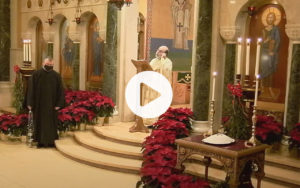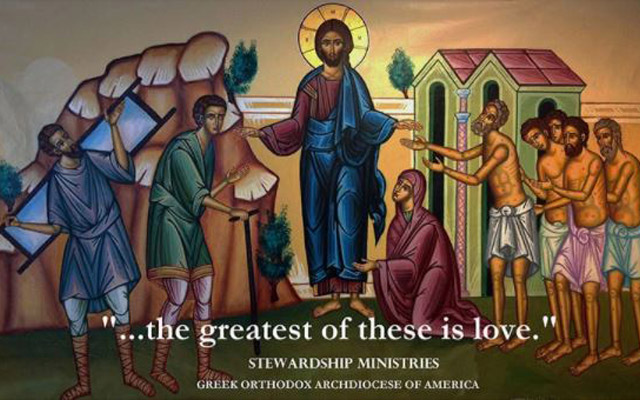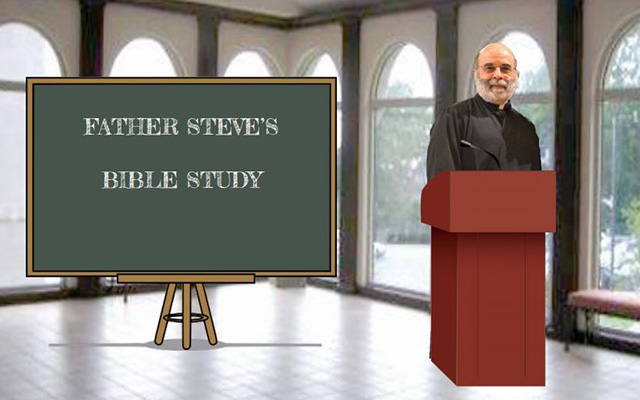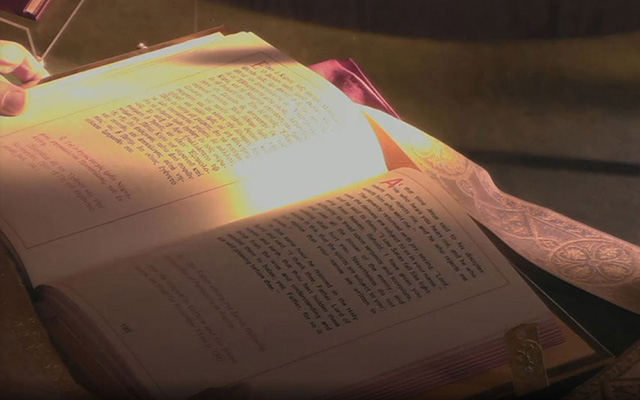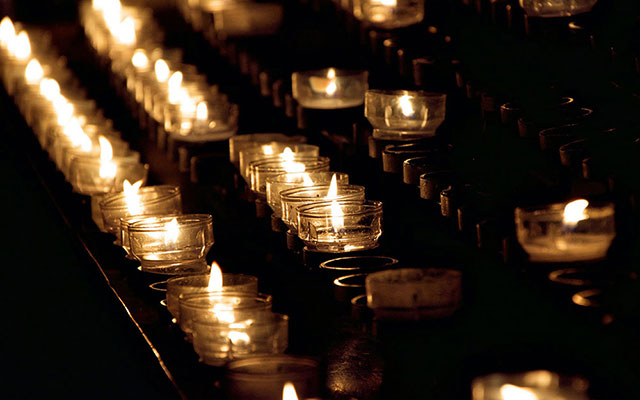Upon Which Foundation?
Upon Which Foundation? “My poor children,” God says, “you want to live without me. What, then, do you depend upon? What is your essential foundation? “My poor child,” He declares, “you think you can escape from me by plunging yourself into what you conceive to be the ‘natural world.’ But what you cling to is not at all the natural world in its very depths. “You think you can lead a better life by distancing


